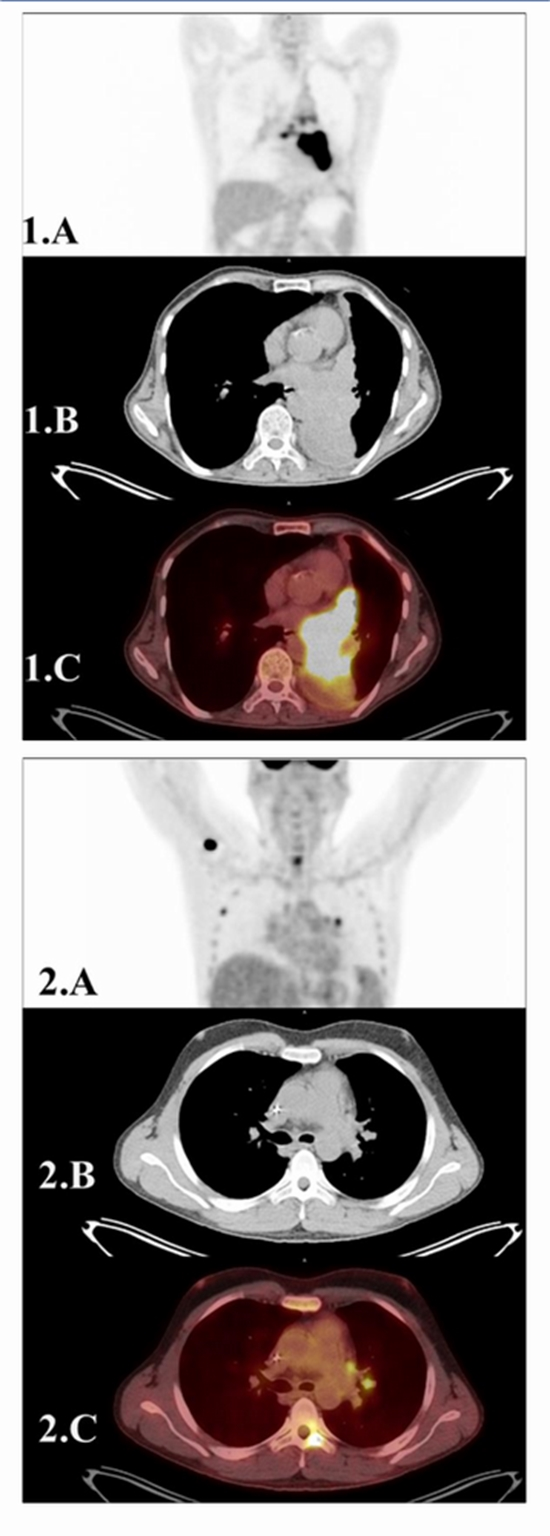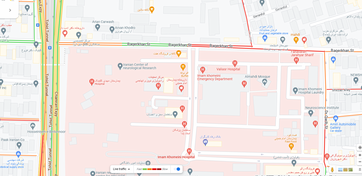The Role of 1H MRS and [ 18F]FDG PET/CT in differentiating primary squamous cell carcinoma and metastatic Hodgkin’s lymphoma in lung: An experimental pilot study

Introduction: Distinguishing the cellular origin of lung cancer is essential for tailored patient care. This pioneering pilot study explores the synergy of 1H-Magnetic Resonance Spectroscopy (1H-MRS) and 2-[18F] fluoro-2-deoxy-D-glucose positron emission tomography/computed tomography ([18F]FDG PET/CT) in the differentiation of primary squamous cell carcinoma (SCC) of the lung from Hodgkin's lymphoma (HL) metastases.
Methods: Ethically approved, the study enrolled 21 participants with confirmed lung lesions (10 SCC, 11 HL). [18F]FDG PET/CT and 1H-MRS were conducted, and analyses were performed to assess diagnostic potential.
Results: Significant differences in [18F]FDG PET/CT parameters (SUV max BSA, SUV max LBM, and ID%) between SCC and HL were observed. Metabolite concentrations (Cho, Lac, Cr) from 1H-MRS also exhibited distinctions. Correlations between PET values and metabolite concentrations hinted at links between glucose metabolism and molecular composition. Conclusion: This study presents an innovative approach, integrating 1H-MRS and [18F]FDG PET/CT to distinguish primary from metastatic lung lesions. The results hold promise for improving non-invasive diagnostic accuracy and guiding targeted therapies. Future research should validate these findings and explore the potential for clinical integration.






ارسال نظر